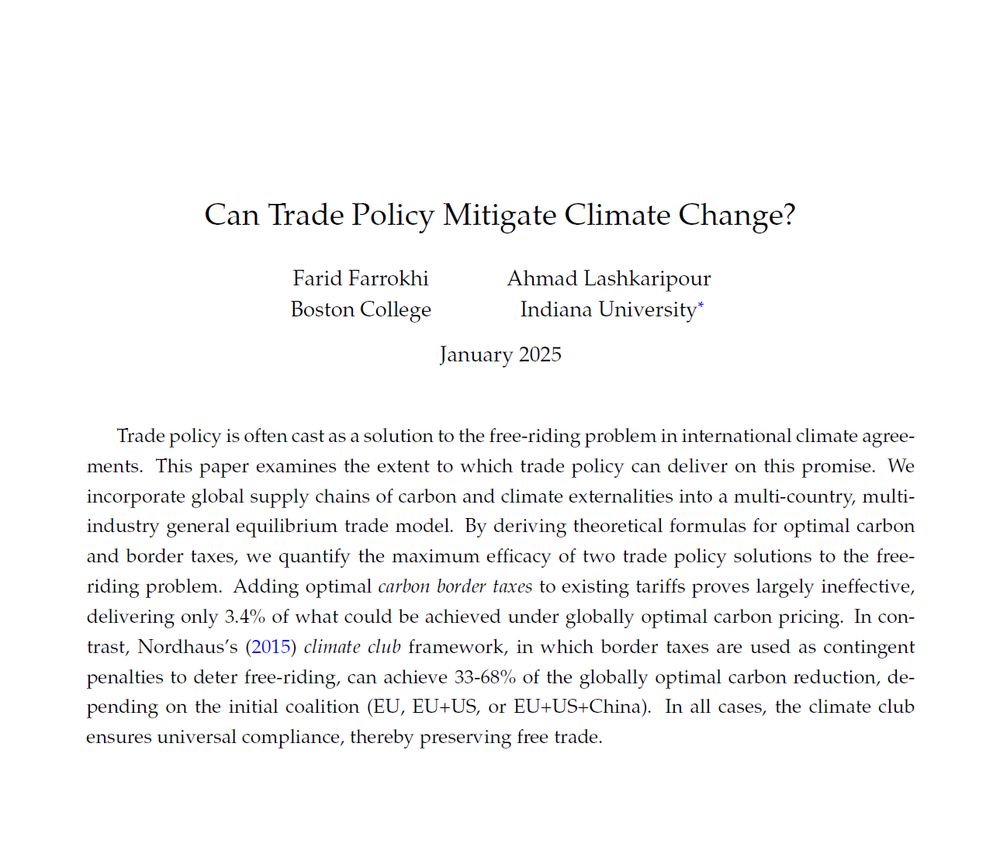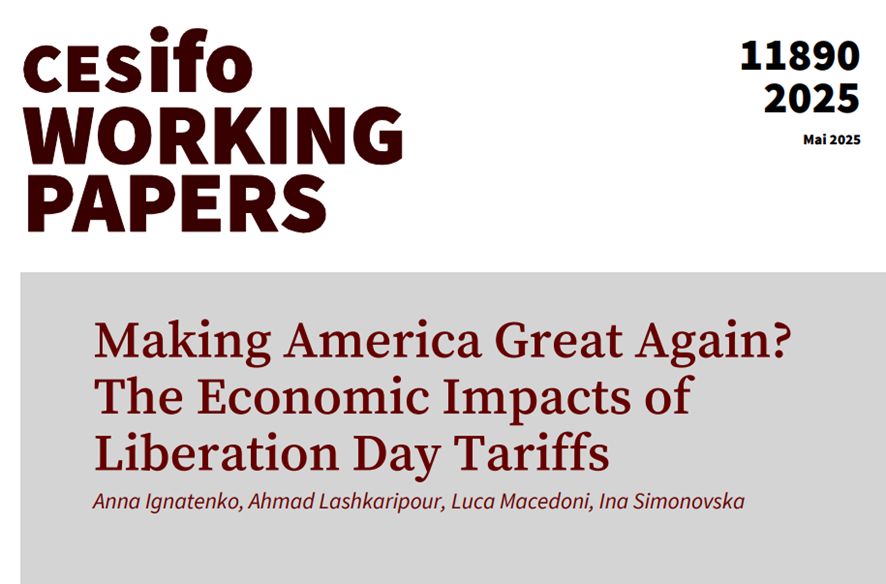Ahmad Lashkaripour
@lashkaripour.bsky.social
2.9K followers
220 following
62 posts
Trade Economist | Associate Professor @ IU Econ | Penn State Econ Alumni | Trade Policy | Climate Policy | Industrial Policy | Quantitative Economics
Posts
Media
Videos
Starter Packs
Pinned
Reposted by Ahmad Lashkaripour
Reposted by Ahmad Lashkaripour
Reposted by Ahmad Lashkaripour
Reposted by Ahmad Lashkaripour
Reposted by Ahmad Lashkaripour
Reposted by Ahmad Lashkaripour
Reposted by Ahmad Lashkaripour






















